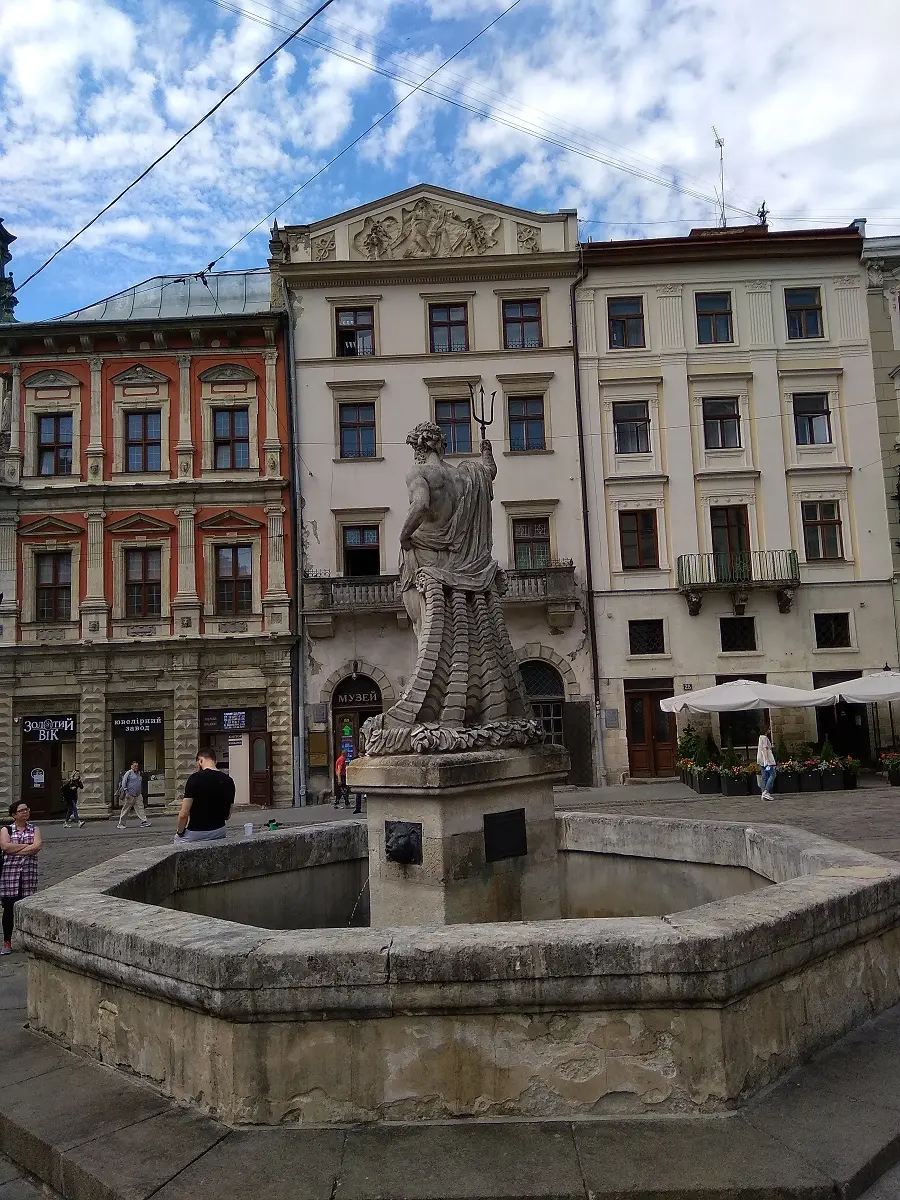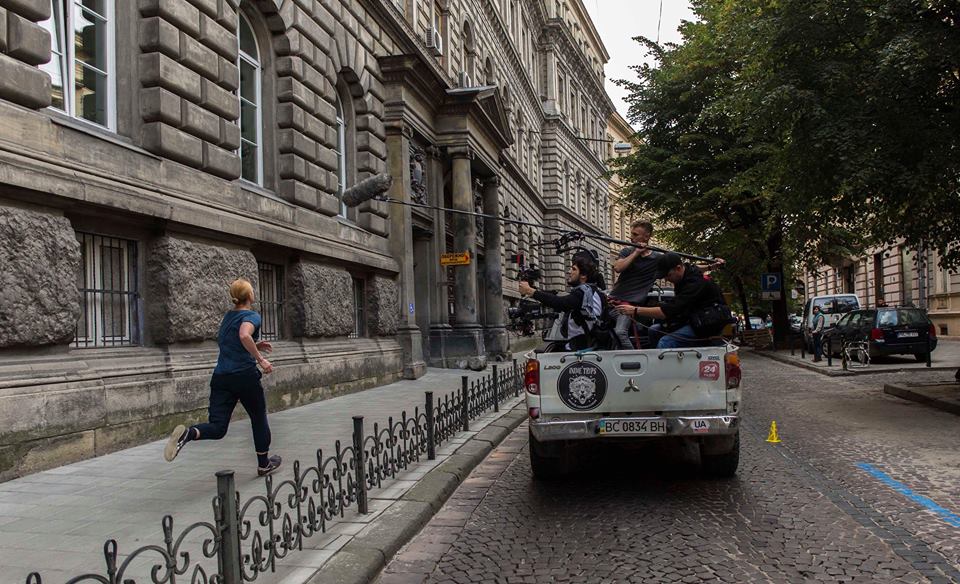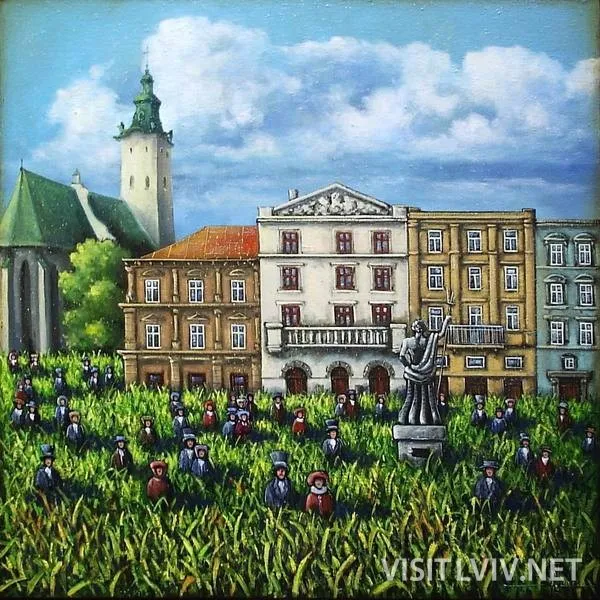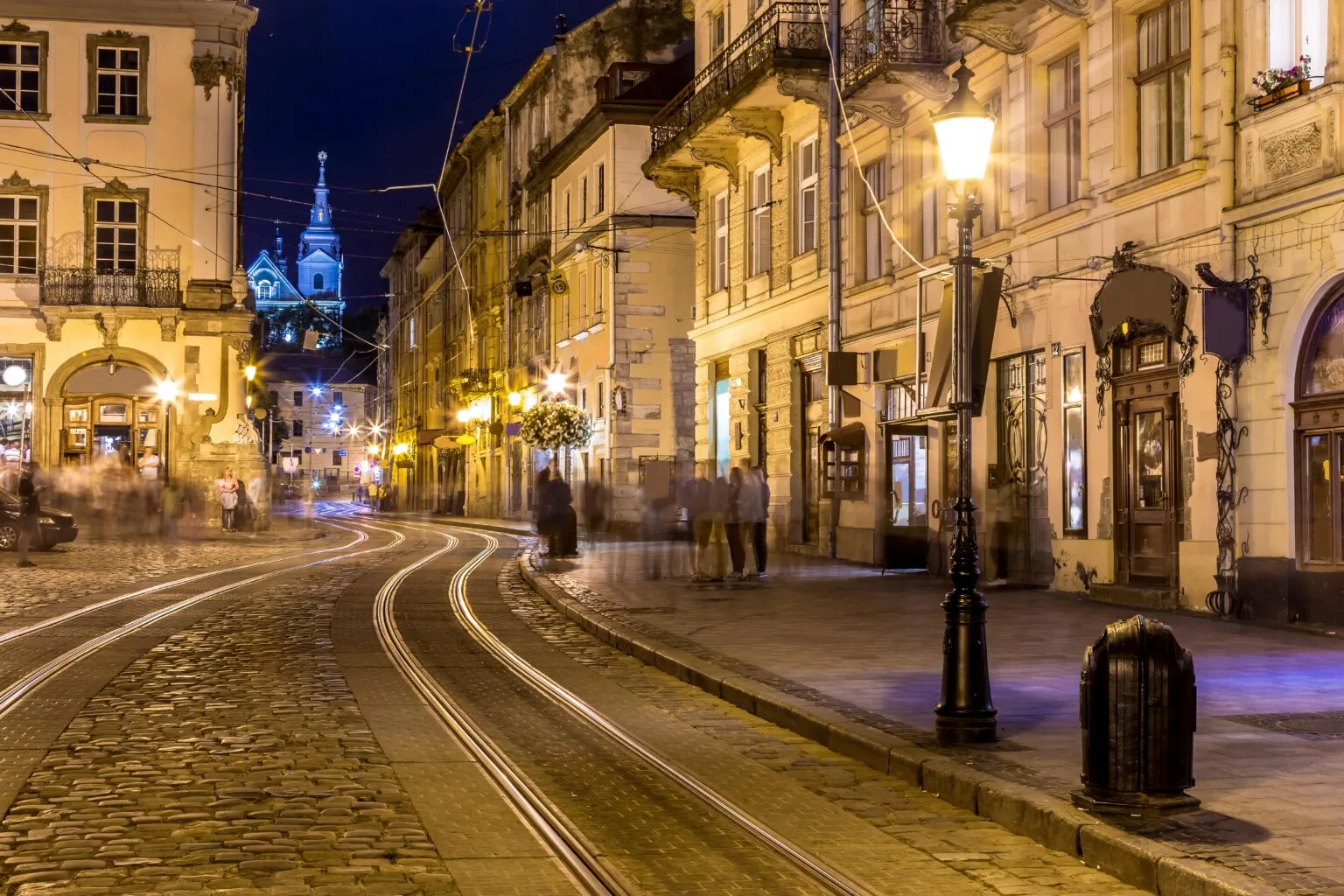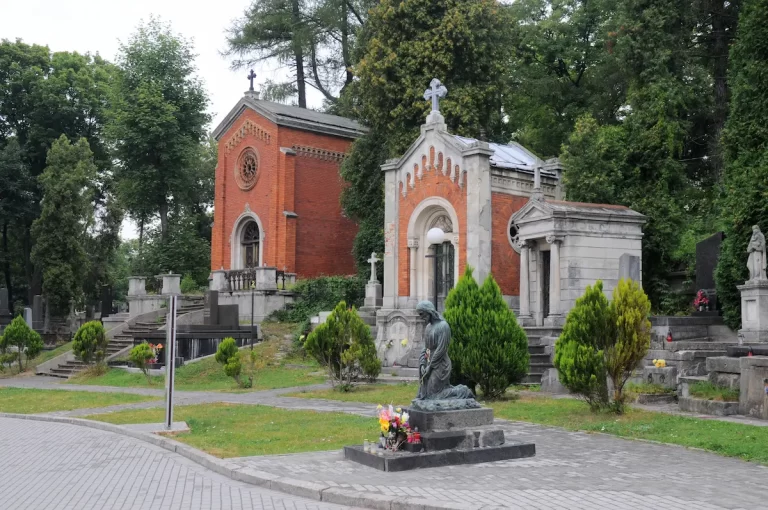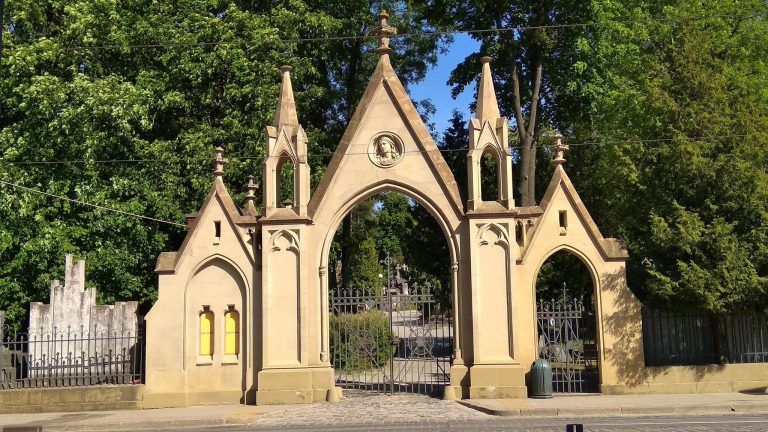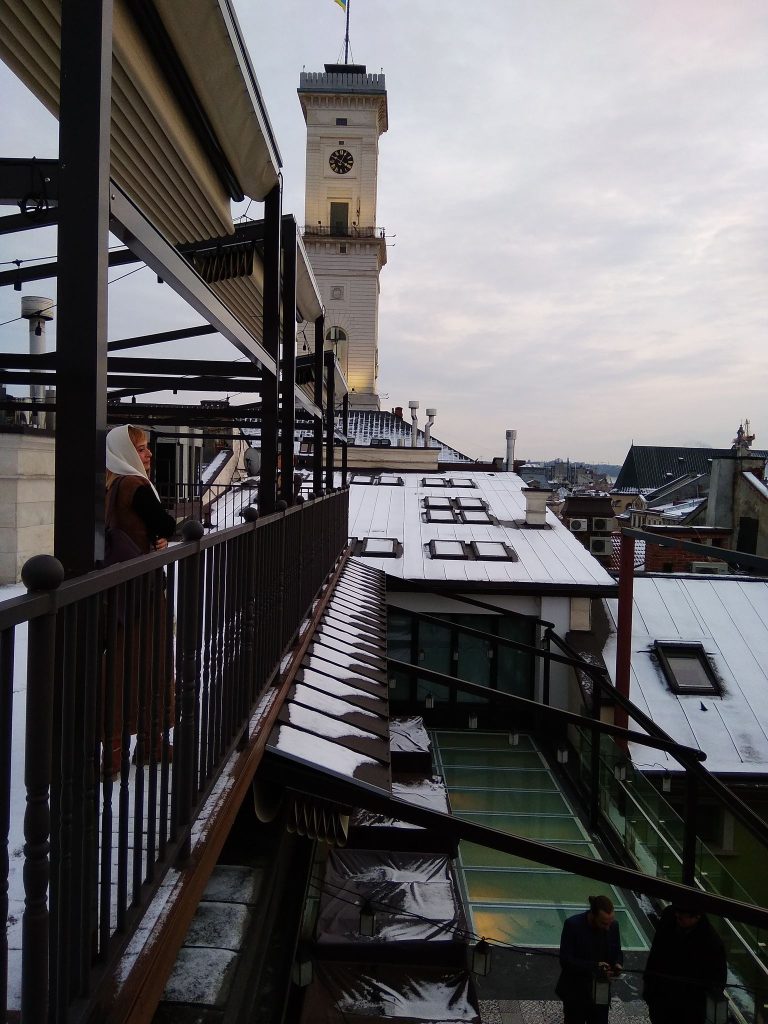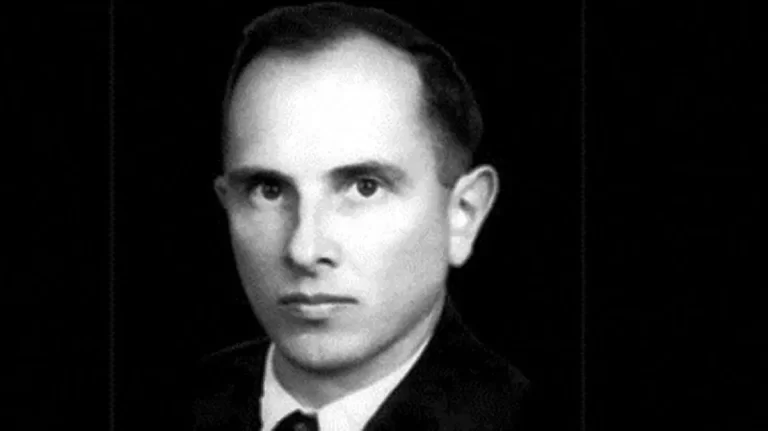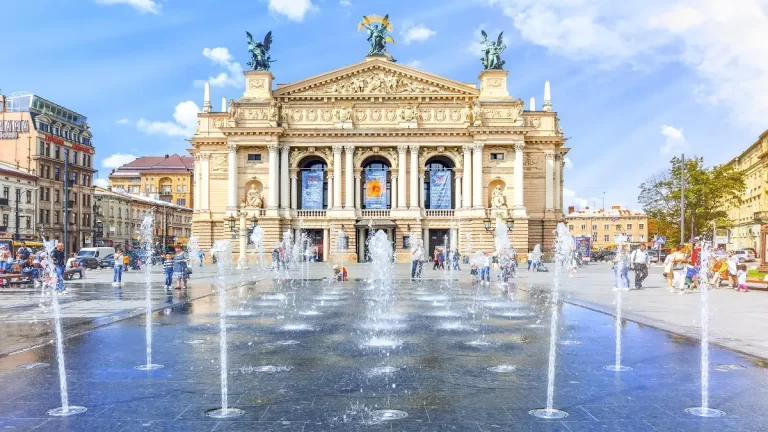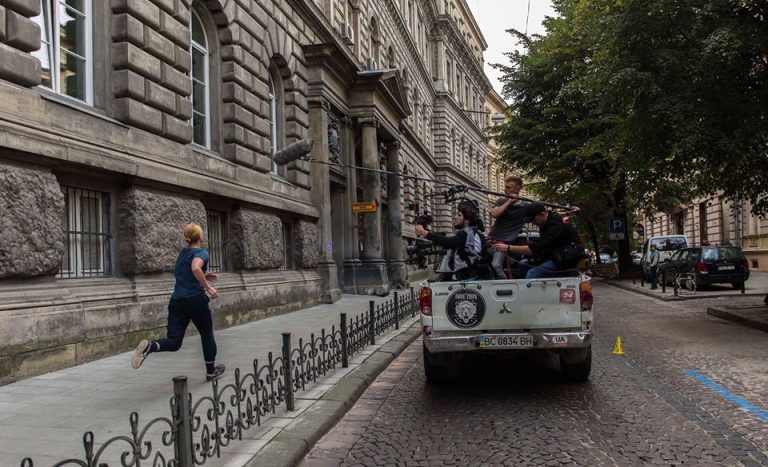Shevchenkivskyi grove in Lviv
Location of exhibits in shevchenkivskyi grove
Shevchenkivskyi Grove is the popular name of the Museum of Folk Architecture and Life named after Klimenti Sheptytsky. Located on the hills near the Vysokyi Zamok Mountain, the museum recreates the folk architecture of the Carpathians and the Carpathians of antiquity. This is a rather complex region both in terms of the diversity of natural areas and in ethnography. All this influenced the regional differences in folk architecture, which adapted to the characteristics of the economy, and to the diversity of the climate. Therefore, it is very interesting to compare the difference between Boykivshchyna and Lemkivshchyna, plain Lviv region from Transcarpathian valleys, Bukovyna from Hutsul region… Fortunately, the exhibits are combined into a kind of ethnographic “villages”.
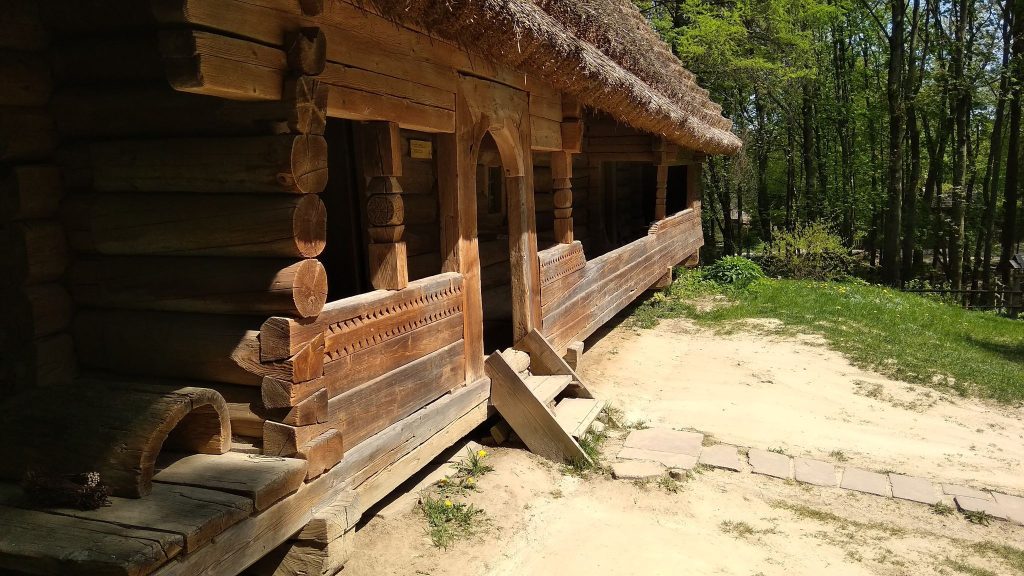
The largest and most saturated in the museum is Boyko village. We are greeted by houses with unusually high roofs. They occupy two-thirds of the height of the hut. This is due to the large amount of precipitation in the Boykivshchyna. And the high roof contributed to the rapid flow, and therefore kept the thatched roof longer. Well, as a bonus, it was that the volume of the attic, which was a warehouse of hay for the winter, increased.
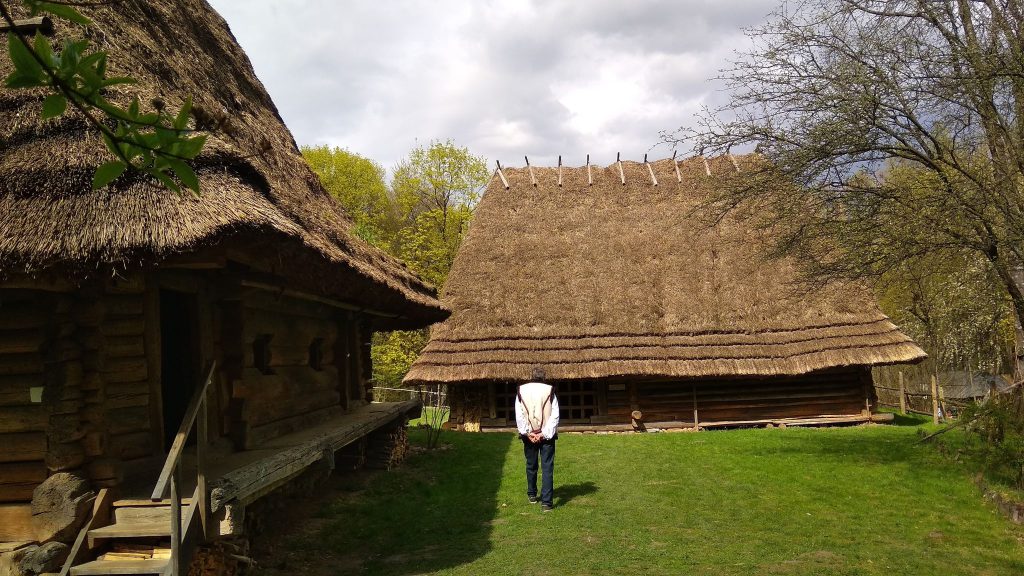
The Hutsul region is also incredibly interesting with its estates-grazhdy. In fact, real fortresses. All buildings were located around one yard. And not a single window or door came out. Only one gate was brought out into the world. The appearance of such courtyards-fortresses is due to the fact that they stood in forest forests alone from each other. And it was necessary to think about safety: both from thieves and from a wild predatory beast.
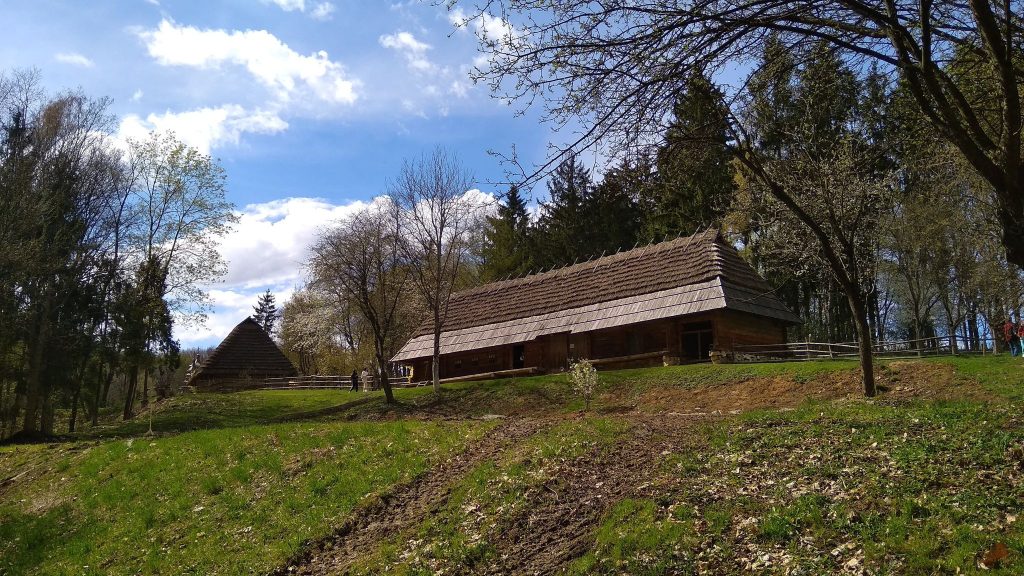
Temples were also very different. So, the Bukovinian church looked like just a slightly higher house. Under the usual village roof of which were hidden domes. That is, they were internal, and invisible from the outside. Boyko churches resembled three Christmas trees growing in a row. The Lemko church was distinguished by a high bell tower that rose above the entrance part of the temple.
Foundation of the Shevchenko Grove in Lviv
How the main open-air museum in Lviv was born. In fact, he has two birthdays. Officially, it was opened as a museum in 1971. But back in the 1930s, the first and perhaps still the most interesting exhibit was transported here – a wooden temple from the village of Krivki, dating back to 1761. It was transported for the newly created Andrei Sheptytsky monastery of the Ukrainian Greek Catholic Church. But the purpose of transportation was precisely the salvation and exposition of this Boyko attraction.
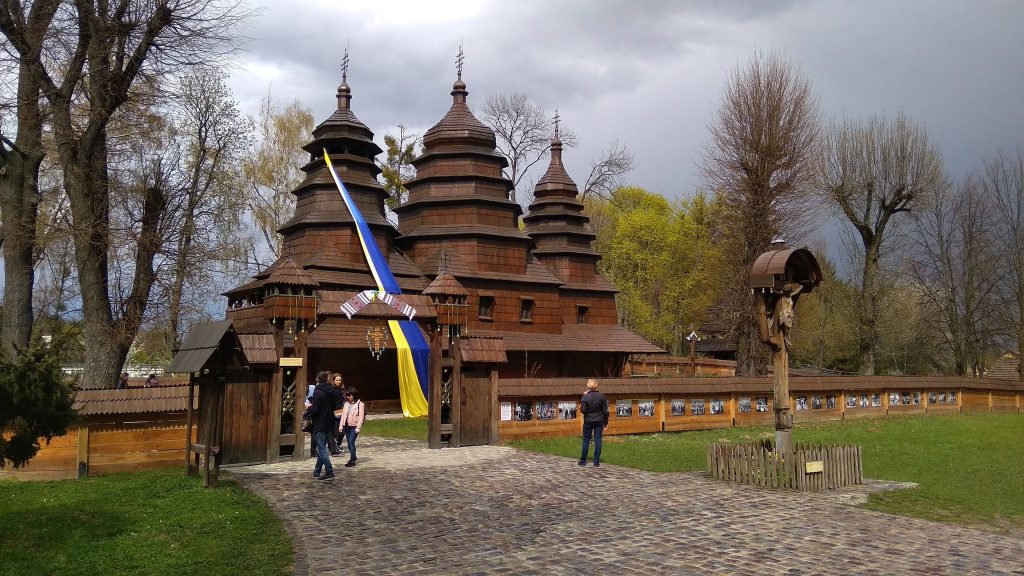
And now a little statistics to understand the grandeur of the museum. The territory has 124 architectural monuments, grouped into 54 estates, and scattered over an area of 82 hectares. The roads in the museum are mostly unpaved. In addition, they cross ravines and run to the hills. So a complete trip to the museum will be a real mini-hike, close to the conditions of the Carpathians. We advise you to take comfortable shoes and a snack.
Most of the huts have their own security guards. You can approach them and ask for interesting information about a particular home. On the territory of the museum you can order workshops on folk crafts. In particular, to create a rag doll or spider, bake bread, work on a forge or apiary…
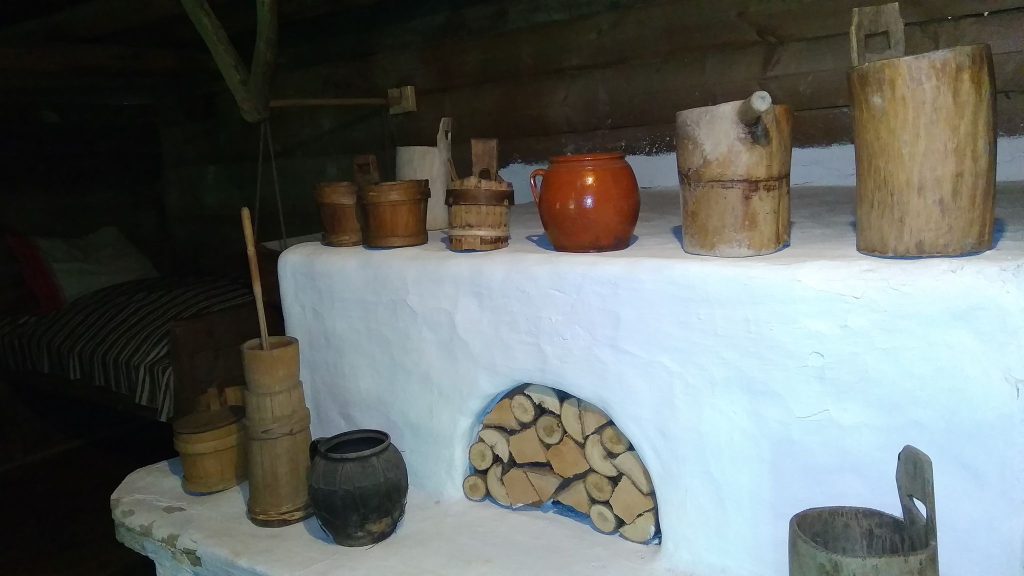
Historically, the lawn between the church and the school every year becomes a place where the youth of Lviv come to celebrate Easter. During folk festivals, they lead crowded round dances, play games, sing groves. Smaller companies have picnics in secluded areas of the grove or near houses. This usually lasts two days, because Doused Monday is also a holiday. The tradition dates back to the late 80s, when it was possible to celebrate religious holidays en masse.
In addition, various photo shoots are often held in the Shevchenko Grove, music videos and a film have been repeatedly shot, individual scenes of feature films, it is included in the list of places for filming in Lviv.

